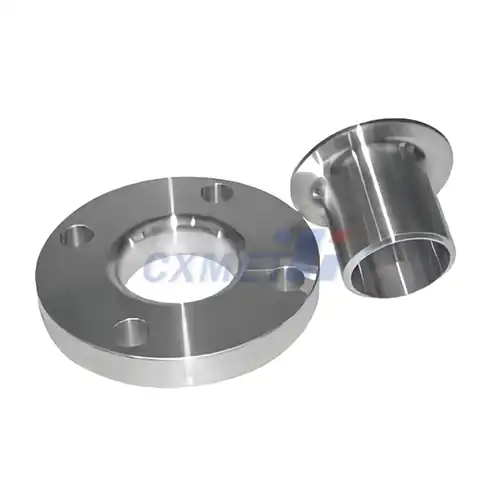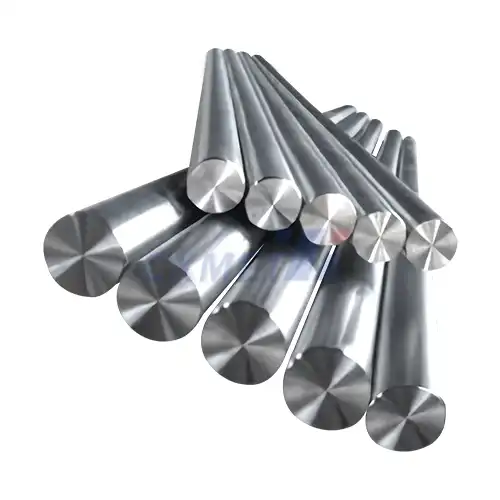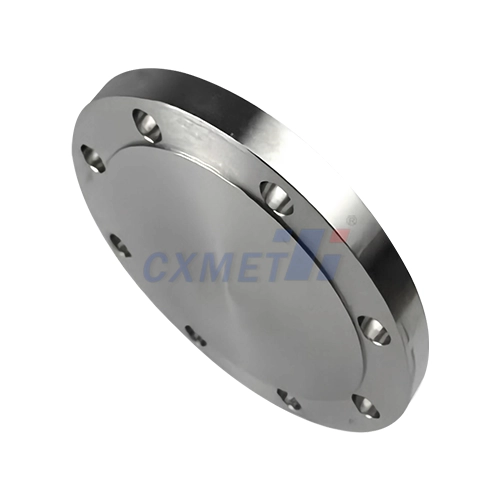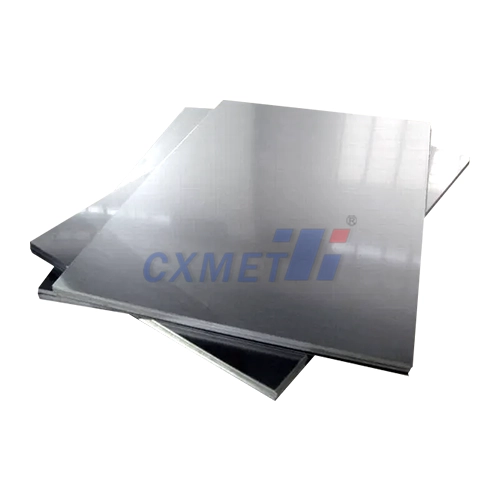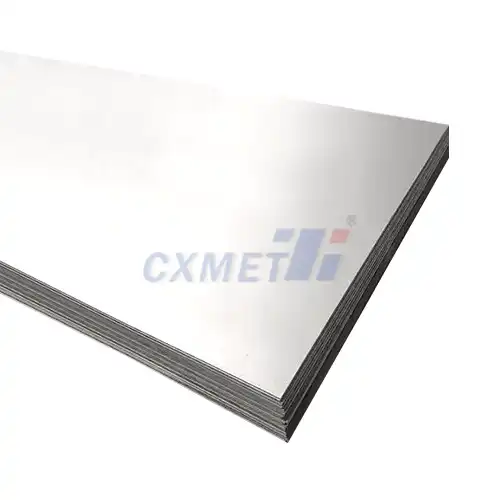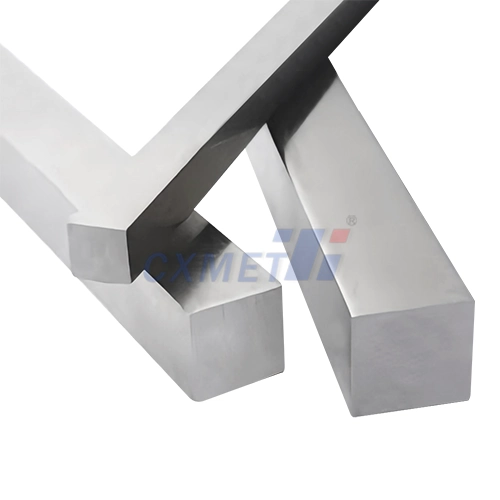- English
- French
- German
- Portuguese
- Spanish
- Russian
- Japanese
- Korean
- Arabic
- Greek
- German
- Turkish
- Italian
- Danish
- Romanian
- Indonesian
- Czech
- Afrikaans
- Swedish
- Polish
- Basque
- Catalan
- Esperanto
- Hindi
- Lao
- Albanian
- Amharic
- Armenian
- Azerbaijani
- Belarusian
- Bengali
- Bosnian
- Bulgarian
- Cebuano
- Chichewa
- Corsican
- Croatian
- Dutch
- Estonian
- Filipino
- Finnish
- Frisian
- Galician
- Georgian
- Gujarati
- Haitian
- Hausa
- Hawaiian
- Hebrew
- Hmong
- Hungarian
- Icelandic
- Igbo
- Javanese
- Kannada
- Kazakh
- Khmer
- Kurdish
- Kyrgyz
- Latin
- Latvian
- Lithuanian
- Luxembou..
- Macedonian
- Malagasy
- Malay
- Malayalam
- Maltese
- Maori
- Marathi
- Mongolian
- Burmese
- Nepali
- Norwegian
- Pashto
- Persian
- Punjabi
- Serbian
- Sesotho
- Sinhala
- Slovak
- Slovenian
- Somali
- Samoan
- Scots Gaelic
- Shona
- Sindhi
- Sundanese
- Swahili
- Tajik
- Tamil
- Telugu
- Thai
- Ukrainian
- Urdu
- Uzbek
- Vietnamese
- Welsh
- Xhosa
- Yiddish
- Yoruba
- Zulu
What are the advantages of 3D printing titanium alloy impellers?
2025-03-08 11:54:12
3D printing, also known as additive manufacturing, has revolutionized the production of complex components across various industries. One area where this technology has shown significant promise is in the manufacturing of titanium alloy impellers. These critical components, used in pumps, compressors, and turbines, benefit greatly from the advantages offered by 3D printing. In this blog post, we'll explore the key benefits of using 3D printing titanium alloy impellers and how this approach is transforming the manufacturing landscape.
|
|
|
How does 3D printing improve the design flexibility of titanium alloy impellers?
One of the most significant advantages of 3D printing titanium alloy impellers is the unprecedented design flexibility it offers. Traditional manufacturing methods often impose limitations on the geometric complexity of impeller designs due to tooling constraints and the need for mold creation. 3D printing, however, breaks free from these limitations, allowing engineers to create highly optimized and complex impeller designs that were previously impossible or impractical to produce.
With 3D printing, designers can incorporate intricate internal channels, variable wall thicknesses, and complex blade geometries that enhance the impeller's performance. This level of design freedom enables the creation of impellers with improved fluid dynamics, reduced turbulence, and increased efficiency. Engineers can iterate through multiple design concepts quickly, testing and refining their ideas without the need for expensive tooling changes.
Moreover, 3D printing allows for the integration of features that would be challenging to implement using traditional manufacturing methods. For example, designers can incorporate built-in sensors or cooling channels directly into the impeller structure, enhancing its functionality and monitoring capabilities. This integration of additional features can lead to smarter, more efficient impellers that provide real-time performance data and improved thermal management.
The ability to create lightweight yet strong structures is another design advantage offered by 3D printing. By utilizing topology optimization algorithms and generative design software, engineers can develop impeller designs that maintain structural integrity while significantly reducing weight. This weight reduction can lead to improved energy efficiency, reduced material costs, and enhanced overall system performance.
Furthermore, 3D printing enables the production of customized impellers tailored to specific applications or operating conditions. This level of customization allows manufacturers to optimize impeller designs for particular fluid types, flow rates, or pressure requirements, resulting in improved performance across a wide range of applications.
What are the cost benefits of 3D printing titanium alloy impellers compared to traditional manufacturing methods?
While the initial investment in 3D printing technology can be substantial, the cost benefits of producing titanium alloy impellers using this method become increasingly apparent when considering the entire manufacturing process and product lifecycle.
One of the most significant cost advantages of 3D printing is the reduction in material waste. Traditional subtractive manufacturing methods, such as CNC machining, often result in a considerable amount of material being discarded as chips or scraps. In contrast, 3D printing is an additive process that uses only the material necessary to build the impeller, resulting in minimal waste. This efficiency is particularly important when working with expensive materials like titanium alloys, where raw material costs can be a significant portion of the overall production expenses.
3D printing also eliminates the need for expensive tooling and molds, which are typically required in traditional manufacturing processes. This reduction in tooling costs is especially beneficial for low-volume production runs or when producing customized impellers. The ability to iterate designs quickly without incurring additional tooling expenses allows for more cost-effective prototyping and product development.
Another cost benefit of 3D printing titanium alloy impellers is the potential for part consolidation. Complex impeller designs that would traditionally require multiple components to be manufactured separately and then assembled can often be produced as a single piece using 3D printing. This consolidation reduces assembly time, lowers the risk of assembly errors, and minimizes the number of potential failure points in the final product.
The on-demand nature of 3D printing also contributes to cost savings by reducing inventory and storage requirements. Manufacturers can produce impellers as needed, eliminating the need to maintain large stocks of finished products or spare parts. This just-in-time production approach can lead to significant reductions in inventory carrying costs and improved cash flow.
Additionally, the improved design capabilities offered by 3D printing can result in long-term cost savings through enhanced performance and durability. Optimized impeller designs can lead to increased energy efficiency, reduced maintenance requirements, and extended component lifespans, all of which contribute to lower total cost of ownership for end-users.
|
|
|
How does 3D printing affect the production time and lead times for titanium alloy impellers?
The impact of 3D printing on production time and lead times for titanium alloy impellers is substantial, offering significant advantages over traditional manufacturing methods. One of the most notable benefits is the dramatic reduction in lead times, particularly for complex or customized impeller designs.
In traditional manufacturing processes, creating a new impeller design often involves multiple steps, including design finalization, tooling creation, mold making, and setup of production lines. These steps can take weeks or even months to complete, resulting in lengthy lead times. With 3D printing, many of these time-consuming steps are eliminated or significantly shortened.
Once a 3D model of the impeller is finalized, it can be sent directly to the printer for production. This direct digital workflow eliminates the need for tooling and mold creation, allowing for rapid transition from design to production. As a result, new impeller designs can be produced in a matter of days rather than weeks or months, enabling faster response to market demands and customer needs.
The ability to produce impellers on-demand also contributes to reduced lead times. Traditional manufacturing often relies on batch production to achieve economies of scale, which can lead to longer wait times for customers if the required impeller is not in stock. With 3D printing, manufacturers can produce impellers as needed, even in small quantities, without incurring significant setup costs or delays.
Another factor that affects production time is the complexity of the impeller design. In traditional manufacturing, more complex designs often require additional machining operations or assembly steps, increasing production time. 3D printing titanium alloy impellers, however, can produce highly complex geometries in a single build process, potentially reducing overall production time for intricate impeller designs.
The reduction in post-processing requirements also contributes to faster production times. Many 3D-printed titanium alloy impellers can be produced with near-net-shape accuracy, requiring minimal finishing operations. This reduction in secondary processes further streamlines the production workflow and shortens the time to market.
Furthermore, the iterative nature of 3D printing allows for rapid prototyping and design optimization. Engineers can quickly produce and test multiple design iterations, accelerating the development process and reducing the time required to bring new, high-performance impeller designs to market.
It's worth noting that while 3D printing can significantly reduce production times for individual impellers or small batches, traditional manufacturing methods may still have advantages for very high-volume production runs. However, as 3D printing technology continues to advance and printing speeds increase, this gap is likely to narrow in the future.
Conclusion
In conclusion, 3D printing titanium alloy impellers offers numerous advantages, including enhanced design flexibility, cost benefits, and reduced production times. As this technology continues to evolve, it is likely to play an increasingly important role in the manufacturing of high-performance impellers across various industries, from aerospace to chemical processing. The ability to create optimized, efficient, and customized impeller designs quickly and cost-effectively makes 3D printing a game-changing technology in the field of fluid dynamics and turbomachinery.
At SHAANXI CXMET TECHNOLOGY CO., LTD, we take pride in our extensive product range, which caters to diverse customer needs. Our company is equipped with outstanding production and processing capabilities, ensuring the high quality and precision of our products. We are committed to innovation and continuously strive to develop new products, keeping us at the forefront of our industry. With leading technological development capabilities, we are able to adapt and evolve in a rapidly changing market. Furthermore, we offer customized solutions to meet the specific requirements of our clients. If you are interested in our products or wish to learn more about the intricate details of our offerings, please do not hesitate to contact us at sales@cxmet.com. Our team is always ready to assist you.
|
|
|
|
References
1. Gibson, I., Rosen, D., & Stucker, B. (2015). Additive Manufacturing Technologies: 3D Printing, Rapid Prototyping, and Direct Digital Manufacturing. Springer.
2. Frazier, W. E. (2014). Metal Additive Manufacturing: A Review. Journal of Materials Engineering and Performance, 23(6), 1917-1928.
3. Orme, M., Madera, I., Gschweitl, M., & Ferrari, M. (2018). Topology Optimization for Additive Manufacturing as an Enabler for Light Weight Flight Hardware. Designs, 2(4), 51.
4. Nickels, L. (2015). AM and aerospace: an ideal combination. Metal Powder Report, 70(6), 300-303.
5. Sing, S. L., An, J., Yeong, W. Y., & Wiria, F. E. (2016). Laser and electron-beam powder-bed additive manufacturing of metallic implants: A review on processes, materials and designs. Journal of Orthopaedic Research, 34(3), 369-385.
6. Thompson, M. K., Moroni, G., Vaneker, T., Fadel, G., Campbell, R. I., Gibson, I., ... & Martina, F. (2016). Design for Additive Manufacturing: Trends, opportunities, considerations, and constraints. CIRP annals, 65(2), 737-760







